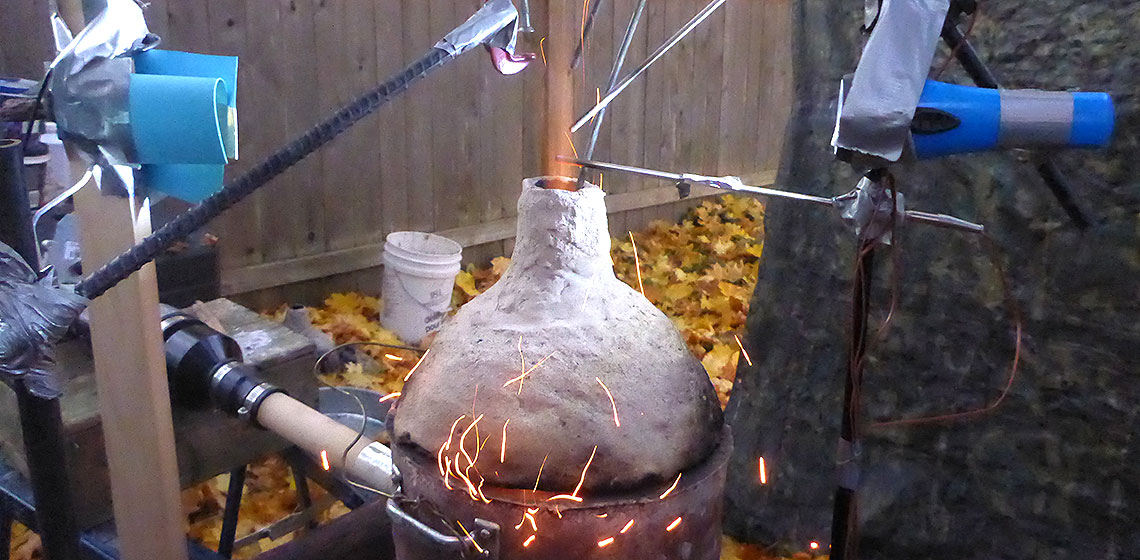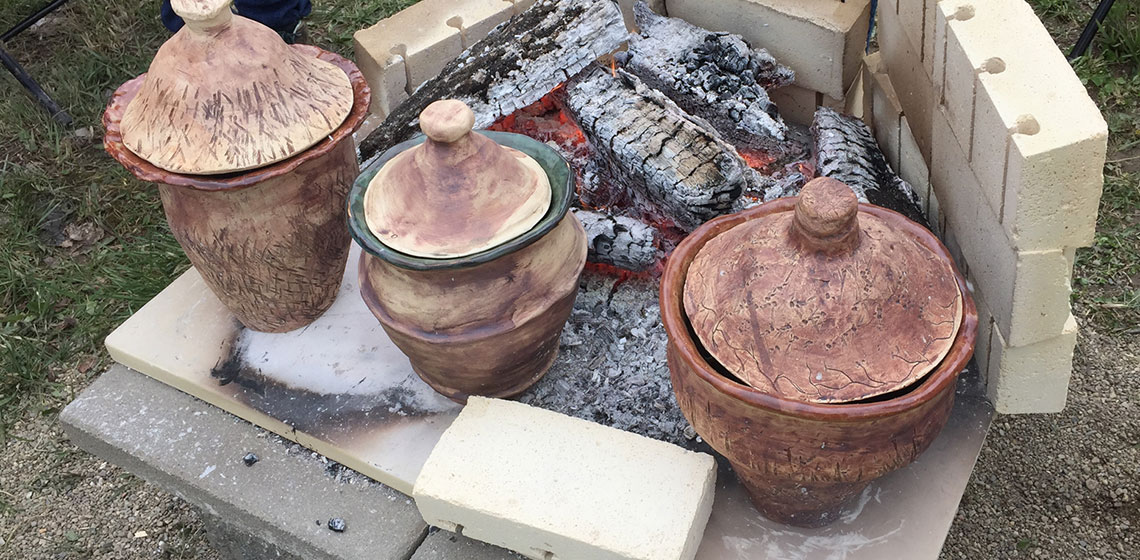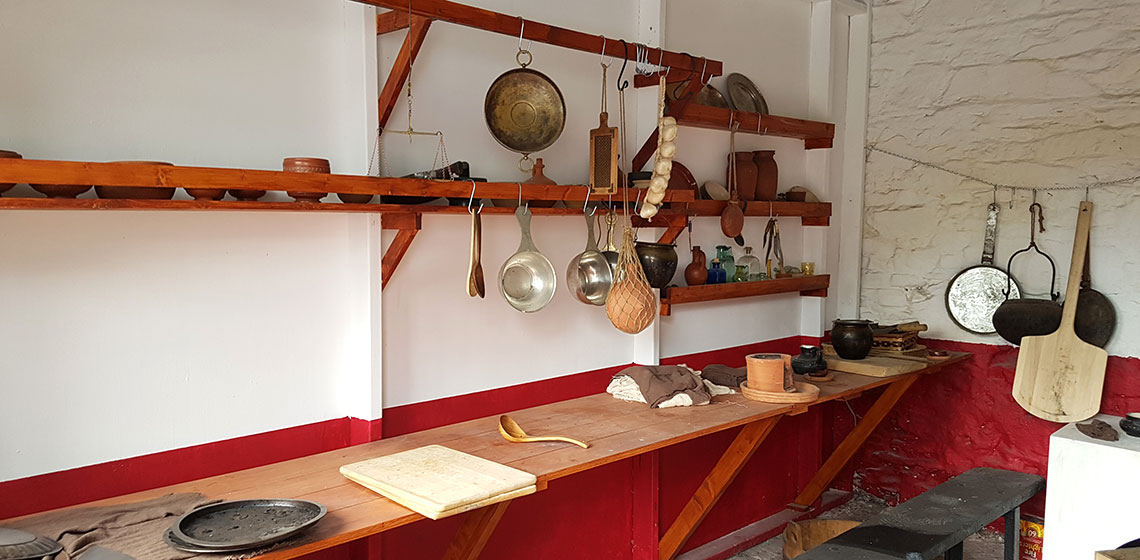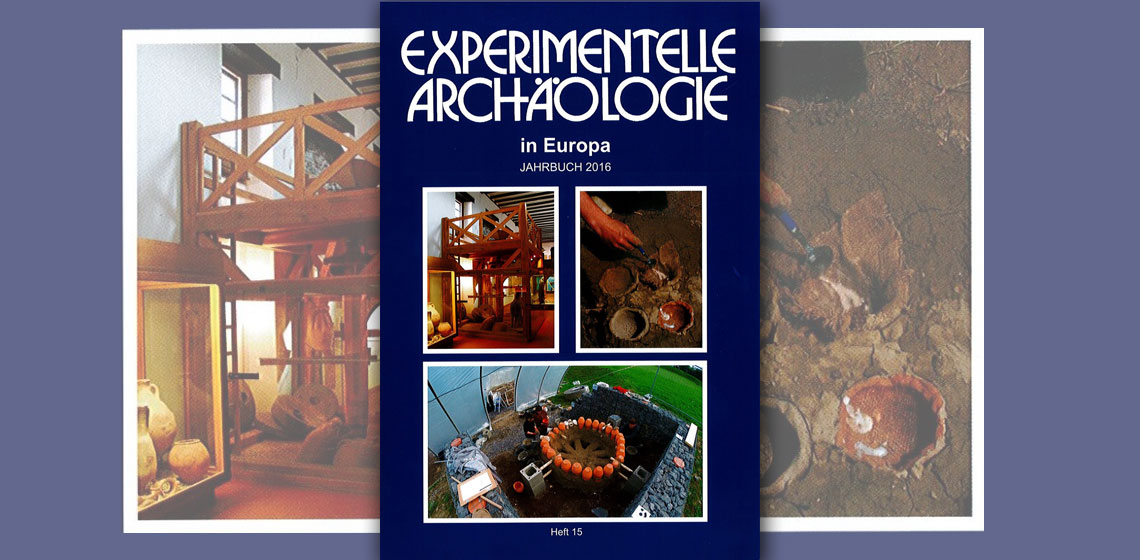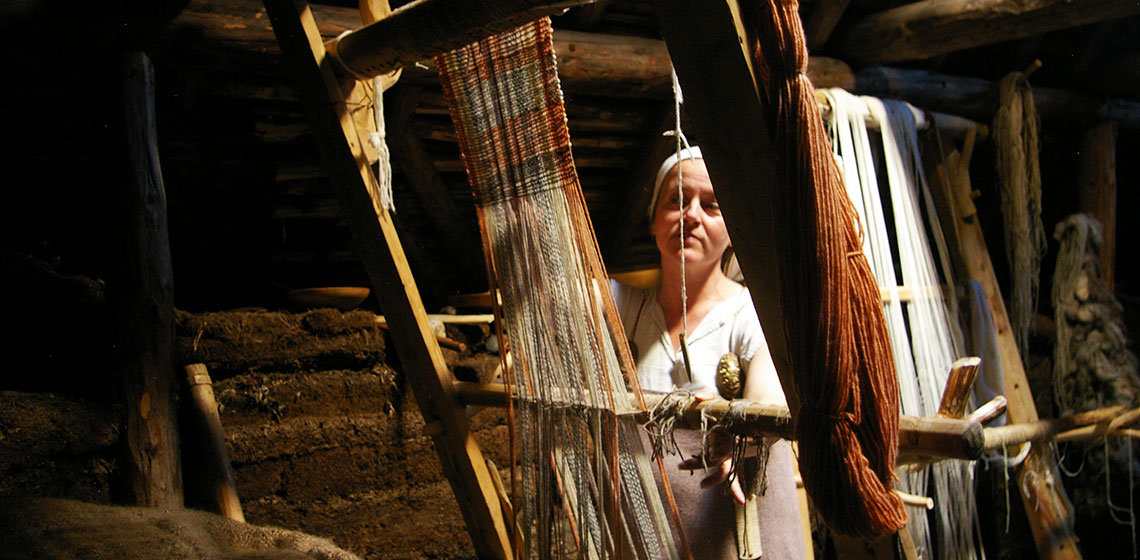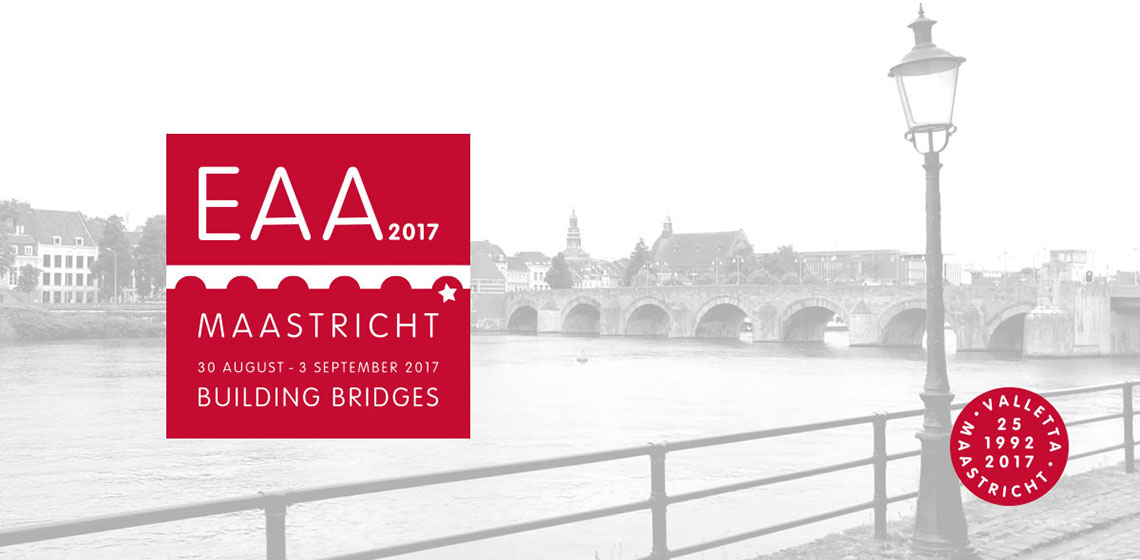EXARC Journal Issue 2017/4



8 Articles | DOAJ | Open Access
ISSN: 2212-8956
Publishing date: November 20, 2017
📄 EXARC Journal 2017/4 Table of Contents
Copyrights: EXARC, 2017
Summary
Fourth online issue of the 2017 EXARC Journal contains eight articles divided over two sections. Three articles are Mixed Matters, five are Peer-Reviewed. Two articles are from EAC10 Conference last April in Leiden, The Netherlands: Kicking Ash, Viking glass bead making by Neil Peterson (CA) and Experimental Archaeology as Participant Observation: A Perspective from Medieval Food by Scott D. Stull (US). With those two we are starting the proceedings online. More articles to follow in 2018.
Reviewed Articles
The Mechanics of Splitting Wood and the Design of Neolithic Woodworking Tools
Publication Date
Because of the anisotropy of wood, trunks and branches can be vulnerable to splitting along the grain, especially radially. This fact was widely exploited in pre-industrial times, when wood was mostly cut and shaped by splitting it along the grain while still green, rather than by sawing...
Now we’re Cooking with Gas! How Experimental Archaeology Challenges Modern Assumptions about Metal Recycling
Publication Date
It is accepted knowledge that when re-melting alloys, some of the metal with a lower melting temperature is lost through oxidation, and more metal must be added in order to maintain the desired alloy proportions. In order to understand the changes in alloy content when recycling using Bronze Age technology, experiments were undertaken by the author and others...
Kicking Ash, Viking Glass Bead Making
Publication Date
10th EAC Leiden 2017
***Tens of thousands (Callmer, 1977, pp.12-32) of beads marking the rich graves of the Viking world indicate that the production of these beads is an area worthy of study. Evidence such as mandrels, crucibles, bead fragments, and semi-manufactures exist at Helgo, Birka, Paviken, Hedeby (Lundström, 1976, p.3), Kaupang (Gaut, 2011, p.232), Frojel (Carlsson, 2011), Åhus (Callmer, 2001, p.138), and Ribe (Sode, 2004, p.86). At Ribe...
***Tens of thousands (Callmer, 1977, pp.12-32) of beads marking the rich graves of the Viking world indicate that the production of these beads is an area worthy of study. Evidence such as mandrels, crucibles, bead fragments, and semi-manufactures exist at Helgo, Birka, Paviken, Hedeby (Lundström, 1976, p.3), Kaupang (Gaut, 2011, p.232), Frojel (Carlsson, 2011), Åhus (Callmer, 2001, p.138), and Ribe (Sode, 2004, p.86). At Ribe...
Experimental Archaeology as Participant Observation: A Perspective from Medieval Food
Publication Date
10th EAC Leiden 2017
***Central to anthropology is the concept of participant observation, where a researcher engages in immersive learning through ethnographic fieldwork. This concept is also important for archaeologists as immersive learning provides an avenue for more robust interpretation and the development of...
***Central to anthropology is the concept of participant observation, where a researcher engages in immersive learning through ethnographic fieldwork. This concept is also important for archaeologists as immersive learning provides an avenue for more robust interpretation and the development of...
Castrum Corcagiensis - Roman Experimental Archaeology in Ireland
Publication Date
Barrack blocks were a central feature in any Roman fort and functioned as the living spaces for a Century and its officers. While Roman forts varied in size from just over an acre for a simple ‘numerius’ fort, to over 55 acers for some large ‘legionary’ forts such as Deva (Chester), the layout of a barrack block...




